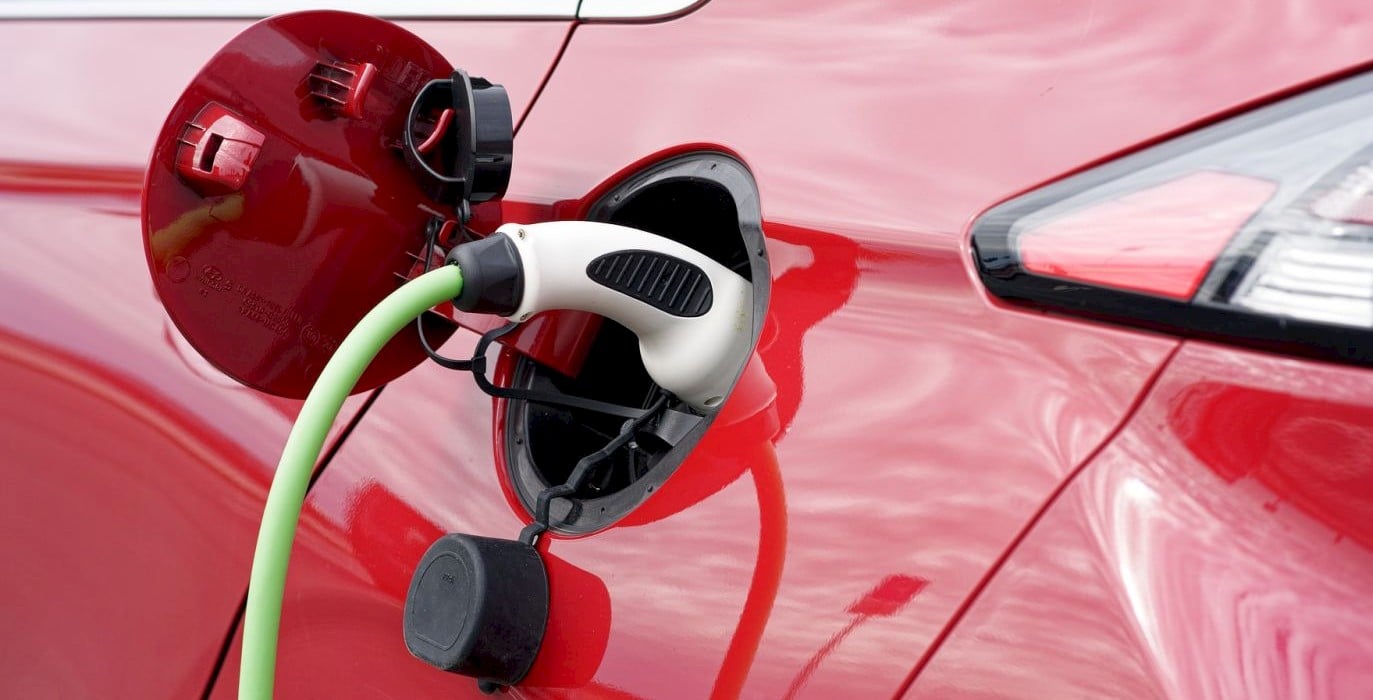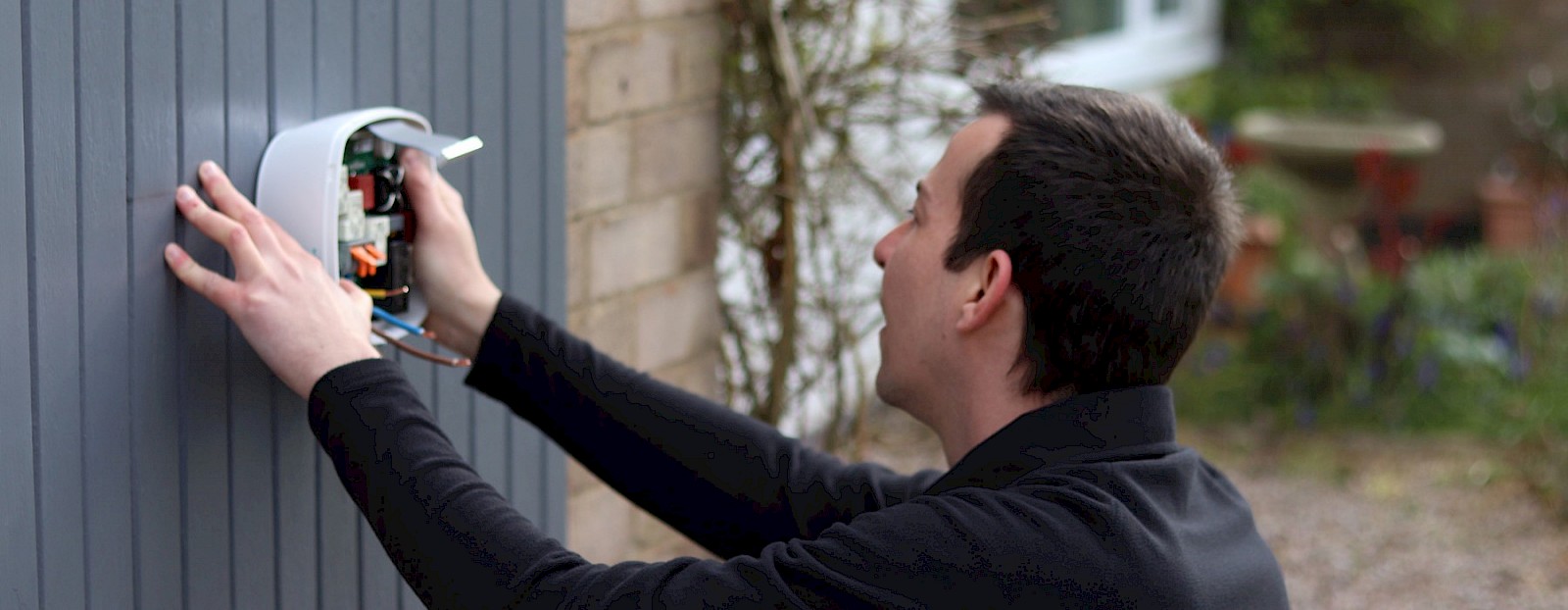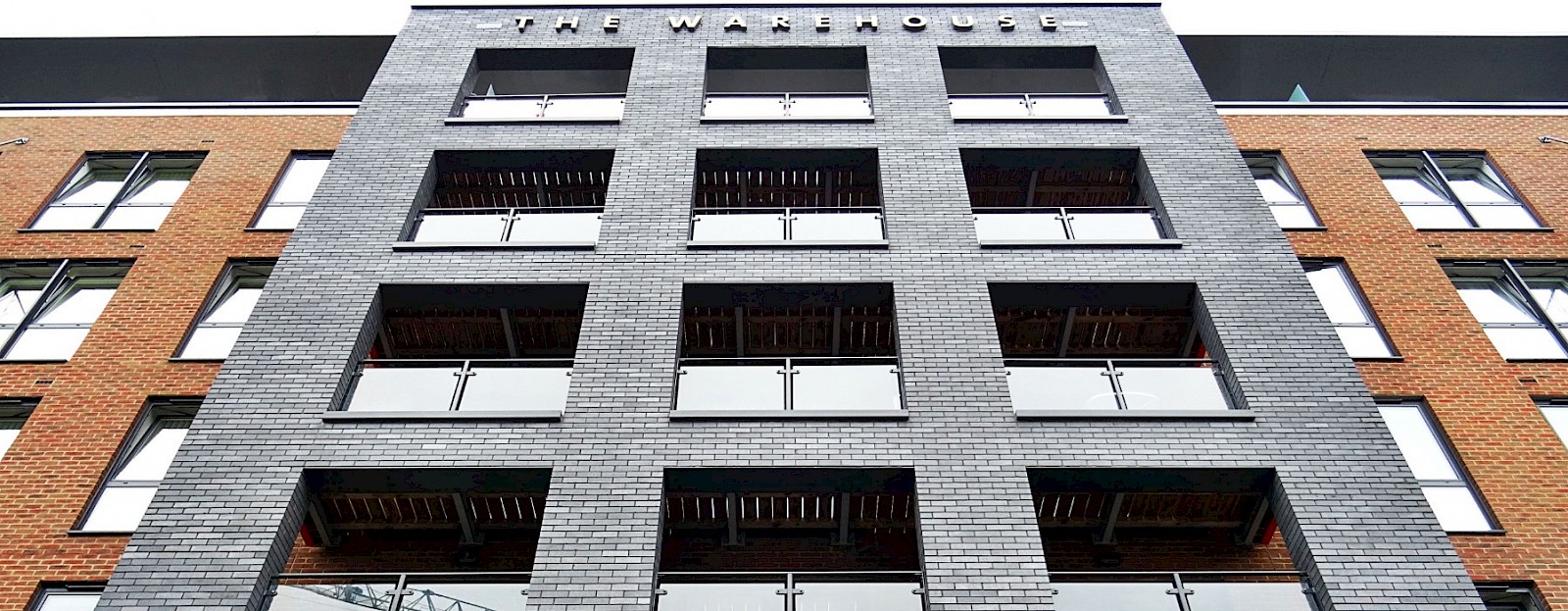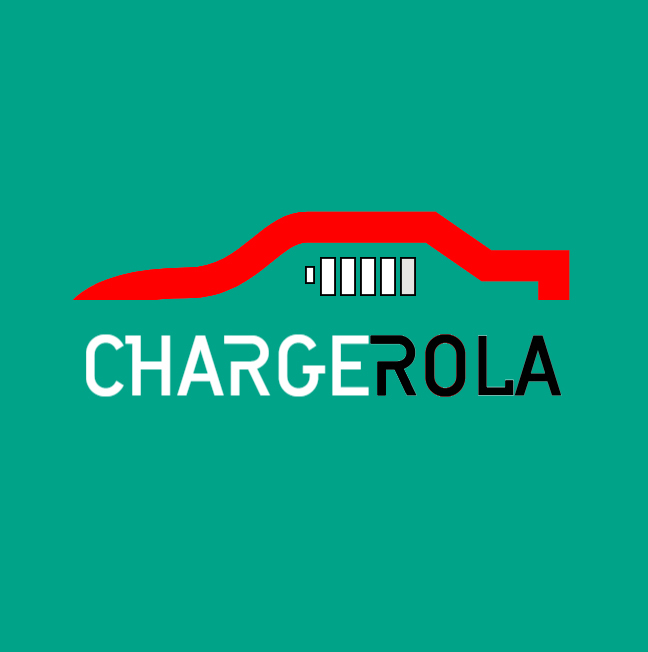
A government grant takes some of the pain and costs out of joining the growing number of people in electric vehicle world, but negotiating what you need to do, who is eligible and which grants apply can be challenging.
That’s why we have put together this guide to getting the government grant working for you and help towards the cost of installing a home electric car charger if you live in a flat or rental accommodation.
What is the Electric Vehicle Chargepoint Grant?

The Electric Vehicle Chargepoint Grant for tenants and flat owners replaces the Electric Vehicle Homecharge Scheme (EVHS) and though largely similar in operation, is only open to homeowners who live in flats and people in rental accommodation.
The electric vehicle chargepoint grant provides up to a 75% contribution to the cost of a home electric car charger and its installation. The grant cap is set at £350 including VAT, per installation.
Essentially, you must live in rental accommodation or own a flat. The scheme is administered by the installer (more on that in a moment); the installer must confirm whether you own the property.
If you’re renting, the installer must confirm the name and address of the person or entity letting the property as it appears on the rental agreement.
You’ll also be unable to claim for two charging points if you own a second electric vehicle or a plug in hybrid vehicle.
The grant works by you choosing an installer to install a charging point. The installer checks whether you qualify and then applies on your behalf.
The installer will then bill you for the price of the installation, minus the grant amount they have applied for. If the application is successful, the installer will be paid the grant amount that they have offset from your bill. The Office for Zero Emissions Vehicles (OZEV) aims to process claims for experienced installers within 30 working days.
The government reserves the right to terminate the grant at any time but will aim to provide four weeks’ notice. Should the grant rate change, or the scheme end, the government will honour grant claims made before the date of any public announcement subject to meeting all relevant criteria set out in this guidance. The announcement will detail how claims made after it will be treated.
A digital service will go live in the summer of 2022, so this is an interim manual service. The Office for Zero-Emission Vehicles (OZEV) will transfer grant applications over to the digital portal when the system goes live to avoid duplicate applications.
What happened to the OZEV Grant?
The Office for Zero-Emission Vehicles (OZEV) electric vehicle homecharge scheme (EVHS) and workplace charging schemes changed significantly on March 31, 2022 – Homeowners living in single-unit properties such as bungalows and detached, semi-detached or terraced housing are no longer eligible for the Electric Vehicle Homecharge Scheme (EVHS).
What are the requirements to be eligible?

The grant is only for already-built properties; it cannot be used for new builds or unoccupied properties.
You must be a resident at the property, which will be checked via vehicle registration details. If the link between you and the property is unclear, you may be asked to provide additional supporting evidence, such as a utility bill.
Any necessary third-party permissions (such as from a freeholder or managing agent of a block of flats) must be obtained by the customer before an installation occurs. This will be needed for rented or leasehold properties where it’s the renter or the leaseholder applying.
If an installation requires cabling or other installation parts to be placed in or on another person’s property, or public land, access rights and permissions must be agreed upon by all parties using legally binding arrangements, such as legal covenants before an installation can commence.
There’s no need to tell the Office for Zero-Emission Vehicles (OZEV) if you are moving a charging point to a new house or if you move house.
What home charge point units are eligible?
Not all home charging point units qualify for the new grant.
In order to qualify, a home charging point must first meet a specific set of requirements set by OZEV (Office for zero-emission vehicles). These requirements mainly relate to power outputs and wiring regulations but the main tickbox a home charging point needs to check is that it needs to be “smart”.
The government defines a home charging point as “smart” when it can do the following:
- The charge point must be able to receive and process information provided to it.
- The charge point must be able to react to information received, by adjusting the rate of charging or discharging.
- The charge point must be able to monitor and record energy consumption and be able to transmit this.
All of the charging points we sell are “smart” chargers however, the Tesla Wallconnector, EVEC Tethered and EVEC Untethered are not eligible for the EV charge point grant for tenants and flat owners.
Eligible electric vehicles and plug in hybrid vehicles
To qualify for the charging point scheme you must demonstrate one of the following requirements.
You’ve become the registered keeper of a new or secondhand eligible electric vehicle or plug-in hybrid vehicle. The registered keeper isn’t necessarily the owner of a vehicle, but the person responsible for the account that pays for the road tax and MOT.
You’ve been assigned a company car for at least six months.
You’re leasing an eligible vehicle through a salary sacrifice scheme.
You’re named by your employer as the primary user of an eligible vehicle for at least six months.
You’ve ordered an eligible electric vehicle.
You’ll need to provide evidence that you qualify for support under one of these categories. More on this later.
What if my electric vehicle is leased?
If your car is on the eligible vehicles list but it’s leased on a month-by-month basis over a short term, the DVLA will accept a claim once you’ve had the lease for at least six months.
If your lease includes a charge point, there are several key points of eligibility to receive funding:
You must have an electric vehicle or plug in hybrid vehicle that qualifies for the scheme.
The installation must take place at your place of residence, which must have off-street parking. The Government has specific guidance as to what this means, which we’ll come to later.
The lease agreement must state that you will be the owner of the charging point once payment is completed. The lease agreement must itemise the installation cost (including any VAT due), as this is the amount the grant may be offset against. The lease agreement must also ensure the warranty for the charging point meets electric vehicle homecharge scheme requirements, and that the vehicle lease lasts for at least six months.
A copy of the lease agreement must be sent to the DVLA alongside the application for verification purposes.
If you’ve been named by your employer as the primary user of an eligible electric car, your installer needs to submit a letter from the employer. If an employer’s vehicle fleet management is outsourced, a letter template can be filled out and signed by an official from the company managing the fleet.
The employer must give written permission (via email or letter) for an official with fleet management responsibility from the fleet company to sign on their behalf. This permission must be retained by both companies as OZEV may request this as evidence for future audits. It does not have to be attached to the application.
If the vehicle has not yet been delivered and the VRN is unknown, the make and model of the vehicle must be entered on the template. If that is not known, Office for OZEV will be unable to process the claim as it will not be able to confirm the vehicle’s eligibility.
The details below should be included on company headed paper and signed by a senior member of the company. If company-headed paper is not available, the installer must ensure the employer’s address details are included in the letter.
For company cars, the installer must provide one of three pieces of evidence listed below to support the letter. The evidence required is one of the following:
The employer’s/business registration number, which can be found on a company’s certificate of incorporation or any official company documentation received from Companies House.
The employer’s/business’s VAT number.
Evidence of the employer’s/business’s HMRC registration, which must be provided as an attachment.
If you are a sole trader or a small company that is neither registered with Companies House nor VAT-registered, you’ll need to provide evidence the company has registered with HMRC (such as a confirmation letter or email from HMRC).
Defining off-street parking
The scheme says you must have designated, private off-street parking, which can be co-located with the property or separate from it.
If the parking is separate, you must be able to show you have a legal entitlement to the parking space via the provision of land registry title deeds.
The proposed parking slot must be suitable for a charging point installation – an installer must conduct a survey prior to installation. The off-street parking must also be able to permit an eligible vehicle to be charged safely, and you must be able to access the parking space at all times.
The decision as to whether the parking will permit an eligible electric vehicle to be charged safely will be down to the authorised installer. The Office for Zero-Emission Vehicles (OZEV) will not intervene if the authorised installer deems the parking space ineligible.
Anything that involves cables being placed over public lands, such as pedestrian walkways (even if only as a temporary measure) will not be eligible under the scheme.
Your chosen charge point must be on the electric vehicle home charge scheme approval list
Charge points must be “smart” in order to be eligible. You can find a list of Workplace Charging Scheme approved charge points On the government’s website.
At the time of writing, the Easee one, Easee Charge, Ohme Home Pro, Pod Point Solo 3 Untethered, Pod Point Solo 3 tethered, Simpson & Partners Home 7 and Andersen A2 are approved chargers that Smart Home Charge sells and installs.
Three-pin chargers are not eligible nor can you use a second-hand charge point.
How do I apply for the Electric Vehicle Chargepoint Grant?

The first thing is to choose an installer, as the installer will claim the grant on your behalf. Smart Home Charge is an approved installer.
To kick things off, you’ll need to complete a customer declaration on the Electric Vehicle Chargepoint Grant installation form, which can be found here.
This form will ask for your personal details, evidence of an eligible vehicle, a declaration that you and the property meet the scheme’s requirements, details of the charging point, the installation costs and your consent for the installer to claim on your behalf.
You cannot apply for a grant direct; installers are processing claims the Government says this ensures the requirements of the scheme are fulfilled and minimises the amount of incorrectly completed forms.
The installer will verify whether you meet the requirements and that your property is suitable. You may need to contact your distribution network operator to upgrade your property’s power supply before installation can begin; the installer will let you know if this is needed.
After the installation process, the installer will offset the grant amount against the cost of installation and apply for a grant rebate from the Office for Zero-Emission Vehicles (OZEV). You’ll be invoiced the installation cost minus the grant amount the installer wishes to claim.
You must ensure they meet the qualifying criteria and sign the EV chargepoint installation form – parts A and B, which declare that the installation and any evidence submitted as part of the application were valid on the day of installation.
If you’re not able to be there in person on the day of installation, you must nominate a third party to take responsibility for signing part B of the form, and offer guidance to the installer that this is the case prior to work commencing.
You’ll still need to sign part A, which can happen before installation. It’s down to you to inform the installer if the circumstances change prior to installation day, as this might mean your application becomes ineligible for funding. Failure to do this means that the Office for Zero Emission Vehicles (OZEV) reserves the right to take whatever action it deems necessary to claim the funding back from you.
The charging point must be supplied with an on-site three-year warranty on parts and installation. If you have a problem within this time, get in touch with us to sort the problem out.
Can I claim the grant more than once?
You’ll be unable to claim for two charging points even if you own a second electric vehicle.
Can I claim the grant if I have already claimed the OZEV grant?
You are not permitted to claim for a grant you’ve previously claimed against the scheme (or its predecessor, the Domestic Recharge Scheme).
I own a rented property or a block of flats. Can I claim the EV charge point grant on behalf of my tenants?

Property managers and owners are required to assess potential fire risks and put in place adequate and proportionate fire protection measures to mitigate against the risk to life from fire and then maintain them. This should be updated when installing EV charge points.
The government will produce guidance to aid this assessment for electric vehicle fires, available in early 2022. This will identify mitigations and measures that can be taken when installing electric vehicle charge points in enclosed car parks. As such it will help building owners meet their existing duties under the Regulatory Reform (Fire Safety) Order 2005.
If you are a landlord or social housing provider and would like to know more about claiming the charge point grant, be sure to check out our dedicated guide.

